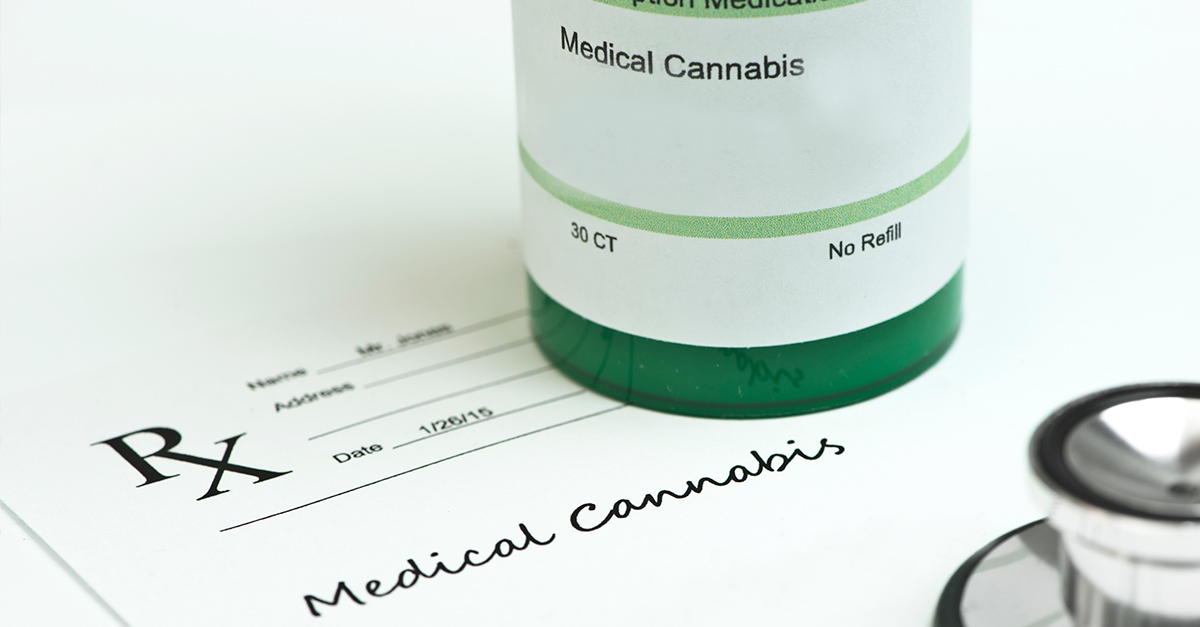
Deaths from addiction, driven by the opioid crisis, increased nearly 10 percent in 2017, according to the U.S. Centers for Disease Control (CDC). To put that number in perspective, drug overdoses now outpace car crashes as the leading cause of accidental death in the United States.
While it’s clear the opioid crisis has reached epic proportions, cancer patients are often excluded from the discussion surrounding responsible use. Why?
Historically, it’s most likely due to limited treatment options for pain management, and physicians having to include opioids to address cancer patients’ pain. While some government initiatives have addressed this crisis, the pain experienced by cancer patients is unique. Because of this, the American Society of Clinical Oncology (ASCO) is working with lawmakers to ensure that new safeguards for pain management do not create barriers to access for cancer patients. It will be important to continue to monitor these discussions closely because the broader epidemic isn’t going away any time soon.
Research shows a growing problem
While media coverage surrounding opioid misuse in the cancer patient population is sparse, research does indicate that cancer patients are not immune to addiction. It is also clear that opioid prescribing rates among cancer patients are substantially higher than those of other patients. According to a 2018 study published by the Journal of Clinical Oncology, cancer patients who use opioids continuously after diagnosis are at increased risk of continued use after five years of survival.
Responsible use
Prescribing opioids should be approached with a complete understanding by physicians, patients and caregivers of risks and benefits associated with these medications. Because cancer treatment can be a physically painful experience, it’s important for doctors to address treatment with a multidisciplinary approach to pain management that includes the use of opioids when appropriate, but also evidence-based opioid alternatives such as minimally invasive pain medicine procedures and palliative radiation therapy. If opioids are prescribed, it is important that doctors screen for known abuse risk factors, closely monitor patients for signs of dependency and be able to rapidly implement supportive care and alternatives to opioid medication, if necessary.
Opioid alternatives and reduction
Responsible use of opioids and increased awareness of opioid alternatives cannot be understated. It is an obligation for physicians and medical professionals to pursue reasonable solutions to this growing problem. In the post-surgery realm, “Enhanced Recovery Pathways,” including pain management with non-narcotic pain relievers, early return to eating and physical activity within 24 hours of surgery, are proving to greatly reduce patients’ exposure to narcotics. At our hospital in Atlanta, we call this the ASURE (Advanced Surgical Recovery) program.
ASURE program
We consider ASURE to be an important step in opioid reduction, setting patients on a post-operative course without solely relying on narcotics for pain control, thus decreasing their risk of long-term opioid dependence. The ASURE program is delivered by a multidisciplinary team of surgeons, anesthesiologists, nutritionists, mind-body therapists, nurses and other clinicians working collaboratively to implement evidenced-informed protocols, all under one roof. ASURE combines post-surgical rehabilitation with pre-habilitation, by preparing patients before surgery. In most instances, ASURE protocols also involve nutrition, pain management with non-narcotic pain relivers and physical activity shortly following surgery. These types of recovery methods, in many cases, have been shown to reduce fatigue, post-surgery complications and the number of narcotics needed in post-surgical care. Additionally, they have proven to help patients resume everyday activities more quickly and with fewer complications.
With increased treatment success leading to improved rates of patients surviving cancer, care often extends well into survivorship. Therefore, we no longer can exclude cancer patients from the opioid discussion. Evidence and statistics serve as a clear warning that the opioid crisis does extend into the cancer patient population, and the consequences of inaction are too great to ignore. We must act now before we get to a stage where we are treating cancer patients for opioid addiction in survivorship. How tragic it would be to win the fight against cancer but lose the war to opioid addiction?
Learn more about the alternatives to opioids being used in cancer-related pain management.



